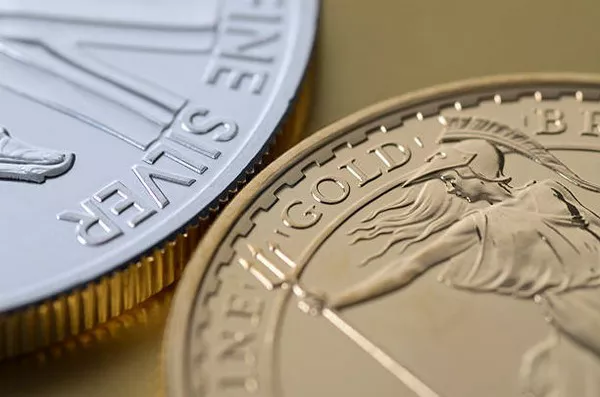The precious metals market, known for its dynamic nature, has witnessed a noticeable decline in the price of silver in recent months. Investors and market enthusiasts are keen to understand the factors contributing to this downturn. In this article, we will delve into the key reasons behind the decrease in silver prices and explore the implications for investors and the broader economic landscape.
Global Economic Conditions:
One of the primary factors influencing the price of silver is the state of the global economy. Silver, often considered a safe-haven asset, tends to perform well during periods of economic uncertainty. Conversely, when economic conditions improve, investors may shift their focus towards higher-yielding assets, leading to a decreased demand for silver. The recent signs of economic recovery in various regions have contributed to a diminished appetite for safe-haven assets, thus affecting silver prices negatively.
Strength of the US Dollar:
The value of the U.S. dollar plays a significant role in determining the price of silver. Silver is priced in dollars, and as the dollar strengthens, it takes fewer dollars to purchase an ounce of silver. Consequently, a robust dollar tends to put downward pressure on silver prices. Factors such as interest rate differentials, inflation expectations, and overall economic stability in the United States can influence the strength of the dollar, impacting silver prices in the process.
Industrial Demand:
Silver has a wide range of industrial applications, from electronics and solar panels to medical equipment. Approximately 50% of silver demand comes from industrial uses. Therefore, any fluctuations in industrial production and manufacturing activities can directly affect the demand for silver. During economic downturns or uncertainties, industrial demand for silver may decline, putting downward pressure on prices.
Mining Output and Supply:
The supply-side dynamics also play a crucial role in determining silver prices. The production of silver is heavily influenced by mining activities, which can be impacted by factors such as regulatory changes, labor strikes, and operational challenges. Increased mining output can lead to a surplus of silver in the market, exerting downward pressure on prices. Additionally, advances in mining technologies and exploration methods may contribute to higher silver production, further influencing the supply-demand balance.
Market Sentiment and Speculation:
Investor sentiment and speculative activities often play a significant role in the volatility of silver prices. Traders and investors closely monitor global events, geopolitical tensions, and macroeconomic indicators to make investment decisions. In times of uncertainty, there is often an increased demand for safe-haven assets like silver. Conversely, when sentiment is positive and risk appetite is high, investors may shift their focus to riskier assets, contributing to a decline in silver prices.
Central Bank Policies:
Central bank policies, including interest rate decisions and monetary stimulus measures, can impact silver prices. When central banks adopt accommodative monetary policies, such as low-interest rates and quantitative easing, it can lead to a weaker currency and increased inflation expectations. In such scenarios, precious metals like silver may serve as a hedge against inflation, supporting higher prices. Conversely, tightening monetary policies can have the opposite effect.
Exchange-Traded Funds (ETFs) and Investment Vehicles:
The popularity of silver-backed exchange-traded funds (ETFs) and other investment vehicles can influence the overall demand for silver. Large-scale redemptions or inflows into silver ETFs can impact the available supply in the market, affecting prices. Additionally, the behavior of institutional investors and hedge funds, who often engage in significant silver trading, can contribute to price volatility.
See Also Where Can I Get Cash for Gold Near Me?
Conclusion:
The decline in silver prices is a complex interplay of various economic, geopolitical, and market-specific factors. While economic recovery, a strong U.S. dollar, and shifts in investor sentiment have contributed to the recent downtrend, it’s essential to recognize that the precious metals market is inherently volatile and subject to rapid changes.
Investors should closely monitor global economic conditions, central bank policies, and industrial trends to make informed decisions regarding silver investments. Diversification strategies, risk management, and staying informed about market dynamics are crucial for navigating the uncertainties in the precious metals market and capitalizing on potential opportunities that may arise.


